Features of growing Jameson gerbera from seeds
Growing Jamson's gerbera seeds from seeds is a simple process, but, despite this, it requires certain conditions and patience.
Gerbera is a flower of the Asteraceae family, predominantly found on the South African continent and Madagascar. There are many types of this plant, but Jamson's gerbera is perfect for growing at home. This is a small perennial plant in comparison with other Asteraceae, somewhat reminiscent of a chamomile.
Plant features
Gerbera Jameson is very popular with houseplant lovers. You can find a great variety of seed varieties in flower shops. Thanks to the selection of this plant, there are many species intended for home growing conditions. In stores, you can find hybrid gerbera seeds - common and for growing in greenhouses and summer cottages.
In the natural habitat of gerberas, the daylight hours are short, so during the daytime its activity does not exceed 11-13 hours. Flowering occurs from late August to November. The life cycle of this plant is so arranged that after flowering it needs a certain time to rest. At the beginning of spring, daylight hours increase, and during this period the gerbera gains new strength. Then the cycle continues. In a home environment, Jamson's gerbera actively blooms for 3-4 years, after which the activity decreases sharply.
When buying this plant, you should pay special attention to the selection of gerbera seeds. You may come across a special variety that undergoes selection, after which the plant may not grow exactly the way it grows in nature. Also, in terms of life expectancy, breeding varieties are very different from wild aster ones, so always carefully choose seeds for planting and further cultivation at home.
Growing at home
Regardless of the seeds chosen for planting, it is not as difficult to achieve flowering of Jameson gerbera as, for example, orchid flowering. Despite this, growing gerberas at home requires proper care.
Gerbera Jamsons are a miniature variety, these plants sometimes do not exceed 20-30 cm in height. This is something to consider when choosing seeds to buy, so always read the back of the package or ask the seller.
Popular plants for growing at home are of the following types:
- Hummingbird;
- Happipot;
- Parade.
Growing a gerbera does not require much effort, but still the plant has its own characteristics and whims. It loves fresh air very much, so it is advisable to place the pot where there is usually a draft in the house. Gerbera needs intense light, so it will feel good in the east. Do not be afraid to leave the plant where direct sunlight falls on it. Such light for gerbera is a common thing, because it is distributed throughout the African continent. In winter, the plant needs to provide additional lighting and room temperature.
During watering, it should be borne in mind that the plant loves moisture. Always pay attention to the soil, it should be moist all the time. When watering a gerbera, watch carefully so that the liquid does not get into the flower itself, otherwise it can fester and the plant will die. Despite the gerbera's love for moisture, do not overdo it during watering: excess liquid can negatively affect the gerbera. The water temperature should not differ from room temperature.
When planting gerbera seeds, the pot is chosen small, the soil should contain some fluoride.
Advice
You should not add fertilizer to the soil, the plant does not really like it. It is worth using mineral fertilizers for feeding, and not using organic fertilizing at all. This is necessary for rapid seed germination.
Diseases and pests
When choosing seeds for planting gerberas, plant varieties should be considered. Some of them do not tolerate dramatic climate change and can easily get sick. Leaves turn yellow and may deteriorate badly. Some varieties have been bred that tolerate pests well, but have other weaknesses that should be considered.
To prevent some diseases, it is worth spraying the leaves with a special solution, which can be purchased at a flower shop. If small moist spots resembling dew appear on the leaves, carefully remove it, and cut off the dead ones.
Infection with small insects can lead to plant death, for example whiteflies, and ticks. To protect the plant, it is worth periodically spraying it with nicotine solution or other pesticides, and it is also worth well disinfecting the soil.
A spider mite can bring many negative consequences for the plant. It is almost invisible to the naked eye, so even experienced flower growers sometimes lose sight of the appearance of this pest. To protect gerbera from ticks, you need to spray all the leaves with an insecticidal solution, and then wrap them with a thin gauze cloth. If after that it was not possible to get rid of the tick, a second treatment is required after a week.
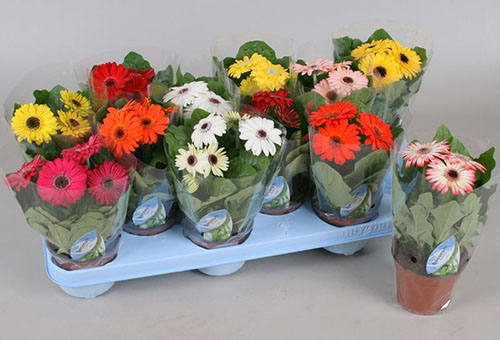
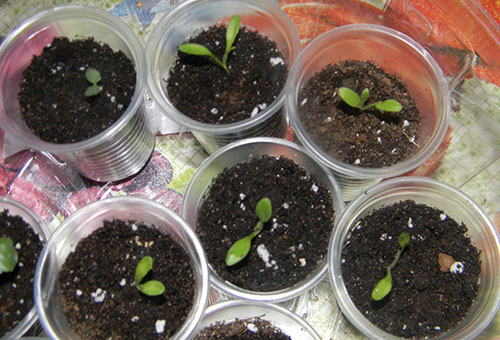
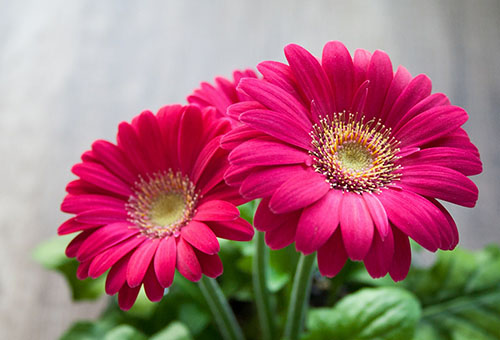

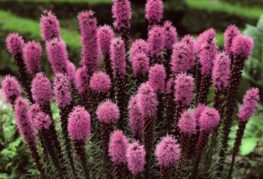
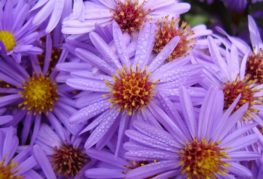

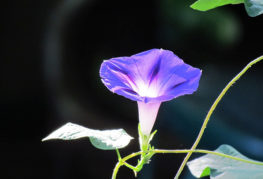
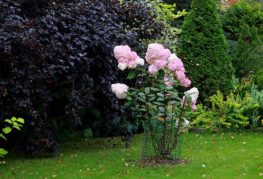
and will be published shortly.